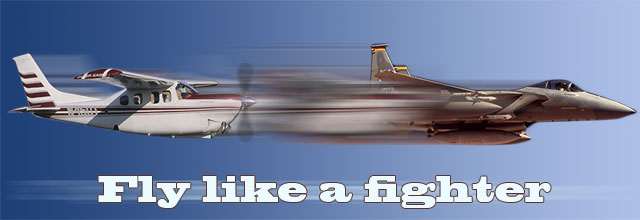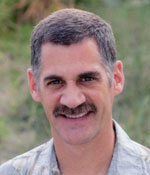
One of the unique training items in which I needed to maintain currency in the F-15 was flying with the chemical warfare mask, or gas mask. Every pilot had a custom poured helmet, and there were so many size varieties (height, width, and depth) of the oxygen mask that our life support technicians could get a comfortable fit and seal on any shape and size of a pilot’s face. This wasn’t true with the pilot’s gas mask as it only came in three sizes—small, medium, and large. Also, the normal oxygen mask fit from over the nose to under the chin whereas the gas mask looked like a firefighter’s mask and fit from under the chin to the forehead. It also included multiple straps that went over the head to hold it in place. We then put our helmet on over these straps.

The hot spots would start gnawing at my skull within a few minutes of putting on the contraption. Even with a newly poured helmet mold we would sometimes get a hot spot where the helmet didn’t rest perfectly on the head. A hot spot is a pressure point that feels like a hot poker is burning a hole in your head. With the gas mask, I had multiple hot spots, making life truly miserable.
The shape of my face wasn’t a natural match with the gas mask, so I had to cinch the upper straps pretty tight to maintain a seal on the mask. After a flight with the regular oxygen mask, we all had red crease marks on our faces from the mask that normally disappeared within an hour. After a flight with the gas mask it looked like someone hit my forehead with a two-by-four, and the red mark would take four to five hours to subside.
Our normal training mission with the gas mask was a one-on-one dogfight. In addition to the pain, we all would sweat more than normal wearing this torture device, so we would inevitably get salty sweat in our eyes. Not only did my skull hurt, but my eyes would burn, and there wasn’t anything I could do about it. For whatever reason, the oxygen hose connected to the gas mask was much shorter than the one connected to our normal mask. In a dogfight we took advantage of the huge bubble canopy and would contort our heads to see around a full 360 degrees as well as straight up and a good bit down. With the gas mask I felt like a dog on a leash. I would go through my normal head movements but would get jolted to an abrupt halt because of the short hose.
Ultimately I had to alter my routine to make it work. I had to move my eyes more than my head, and I also learned how to fly with an attacker behind me using my mirrors as a guide. Flying through the pain was as much a mental endeavor as it was physical. The best medicine was realizing how comical the whole situation was and trying to laugh my way through the sortie.
What is uncomfortable, whether mentally or physically, when you fly? And what can you do to overcome the situation?
Larry Brown of Denton, Texas, is a retired Air Force F-15 pilot who is using the lessons he learned as a fighter pilot as a GA pilot in his Cessna P210. Brown, who has 2,900 hours total time during his 35 years of flying, also was an instructor pilot and flight examiner in the Air Force T-38 and instructor pilot in the T-52, the military’s version of GA’s Diamond DA40. See previous installments of “Fly like a fighter.”



